Very Rare and Complete Set of Eight English Elizabethan Painted Sycamore Roundels
A Very Rare and Complete Set of Eight English Elizabethan Painted Sycamore Roundels contained in their original turned wooden box each one decorated with ‘Poesies’ floral symbols amidst knotted scrolls upon which are written biblical verses
Late 16th – Early 17th Century
Size: roundels: 12.5cm dia. - 5 ins dia. (each) case: 16cm dia. - 8cm high - 6¼ ins dia., 3 ins high
Late 16th – Early 17th Century
Size: roundels: 12.5cm dia. - 5 ins dia. (each) case: 16cm dia. - 8cm high - 6¼ ins dia., 3 ins high
The Normans served their meat on a square slice of bread known as a ‘tranche’ and it is thought that at high table the tranche was always placed on a rectangle of wood known as a ‘trencher’. The connection between this custom and a part song with a refrain is the roundel. These became thin circular wooden trenchers decorated with ‘poesies’ which were sung or recited by guests as roundelays in the reign of Elizabeth I, James I and Charles I. The Civil War and the puritan ethic killed both the banquets and the festive spirit of the party games in which roundels and roundelays played a part.
After the more robust wooden trenchers used for the main course were cleared away a roundel, plain side up, was placed before each dinner. These roundels were used for cheese, for sticky marzipans known as ‘marchpanes’, sugar-plums or other confeittes or ‘conceits’ which terminated Elizabethan or early Stuart banquets. After grace had been said, the roundels were reversed revealing the ornamental side which was painted with one or two verses, from proverbs, fables or the bible, elaborately bordered, brightly coloured and varnished over. The verses varying from the amusing to the improving, were sung or recited by the diners in turn around the table, probably to the accompaniment of a lute, for the entertainment of the company.
Roundels were made in sets of 8 or 12, and very occasionally 24, and kept in circular roundel boxes. Very few complete sets of roundels have survived and of those that have the majority have become separated from their original boxes. References to roundels occur in late 16th and early 17th century inventories and are sometimes mentioned in contemporary literature: in ‘Northwood Ho’ by Webster and Dekker published in 1607 a character declares: ‘I’ll have you make twelve posies for a dozen cheese trenchers’. Later in the early 18th century sets of ceramic delft motto plates replaced the tradition of the small wooden roundels.
After the more robust wooden trenchers used for the main course were cleared away a roundel, plain side up, was placed before each dinner. These roundels were used for cheese, for sticky marzipans known as ‘marchpanes’, sugar-plums or other confeittes or ‘conceits’ which terminated Elizabethan or early Stuart banquets. After grace had been said, the roundels were reversed revealing the ornamental side which was painted with one or two verses, from proverbs, fables or the bible, elaborately bordered, brightly coloured and varnished over. The verses varying from the amusing to the improving, were sung or recited by the diners in turn around the table, probably to the accompaniment of a lute, for the entertainment of the company.
Roundels were made in sets of 8 or 12, and very occasionally 24, and kept in circular roundel boxes. Very few complete sets of roundels have survived and of those that have the majority have become separated from their original boxes. References to roundels occur in late 16th and early 17th century inventories and are sometimes mentioned in contemporary literature: in ‘Northwood Ho’ by Webster and Dekker published in 1607 a character declares: ‘I’ll have you make twelve posies for a dozen cheese trenchers’. Later in the early 18th century sets of ceramic delft motto plates replaced the tradition of the small wooden roundels.
Very Rare and Complete Set of Eight English Elizabethan Painted Sycamore Roundels
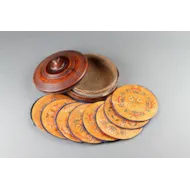
SOLD
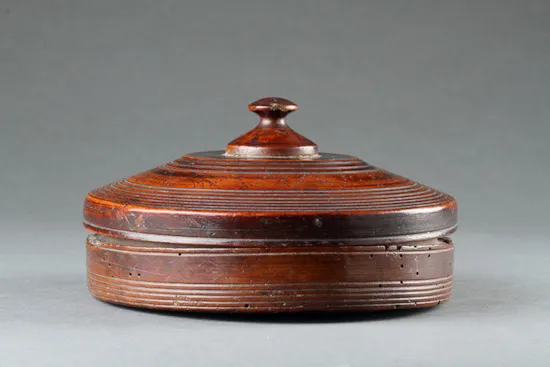
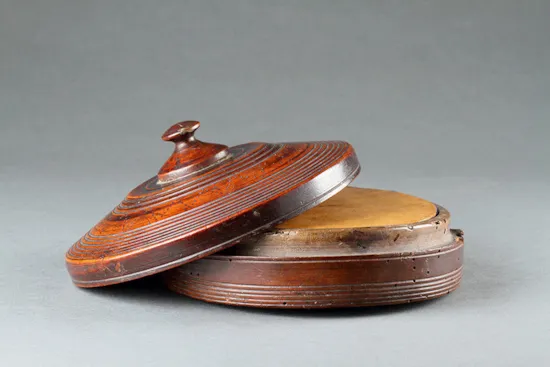
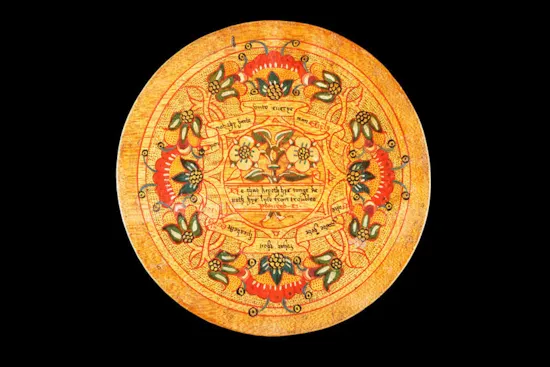
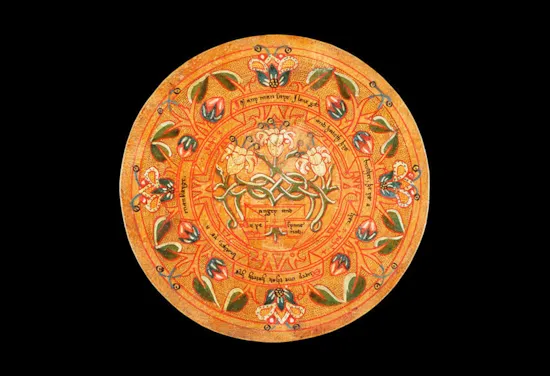
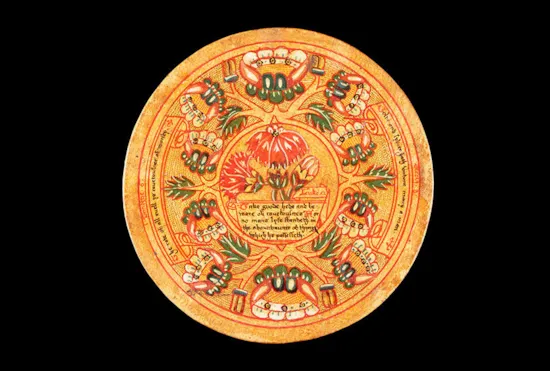
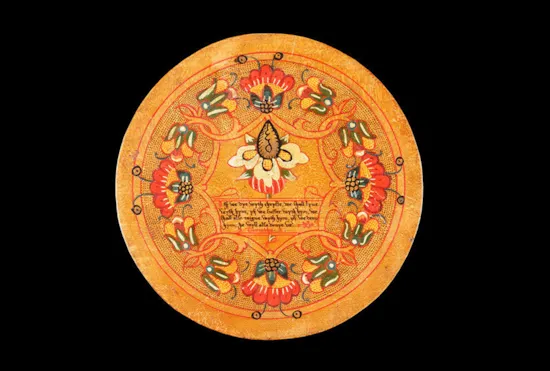
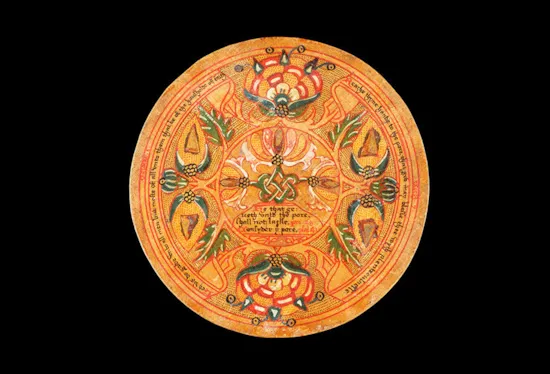
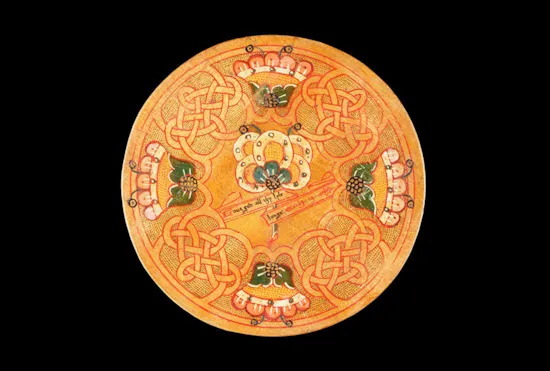
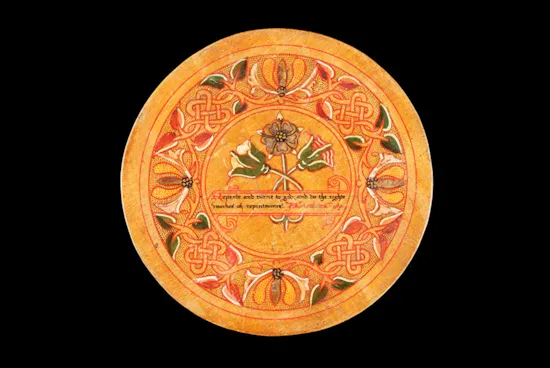
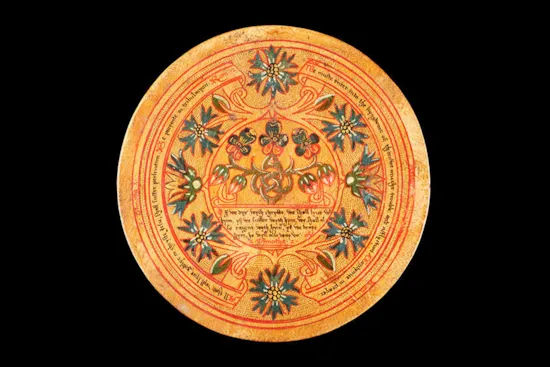
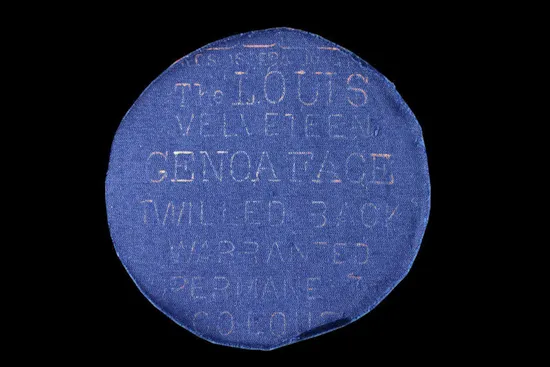
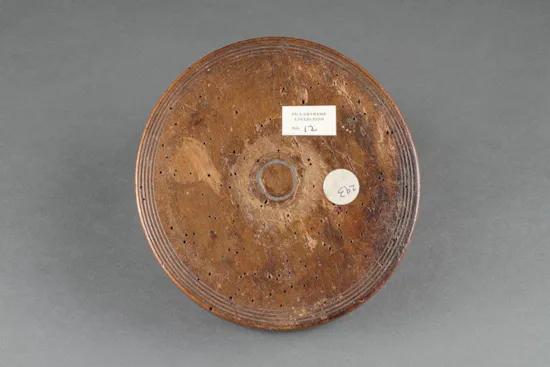
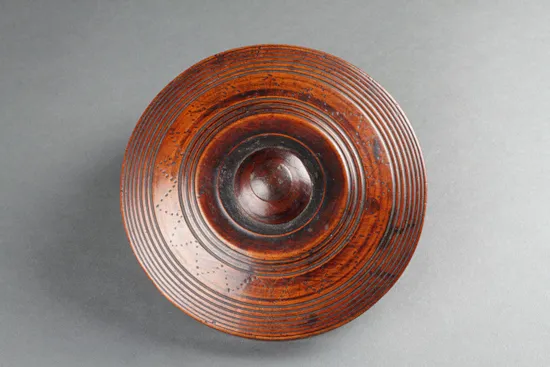
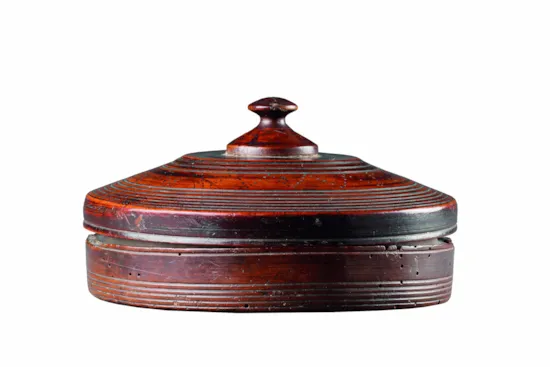
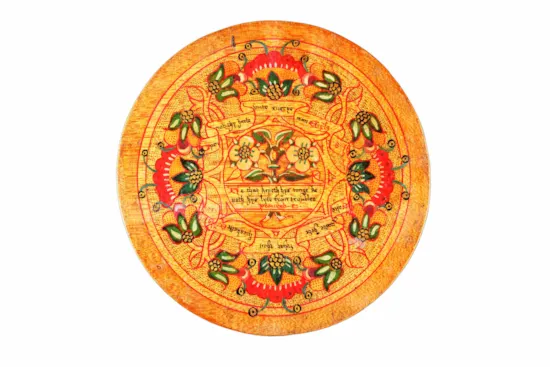
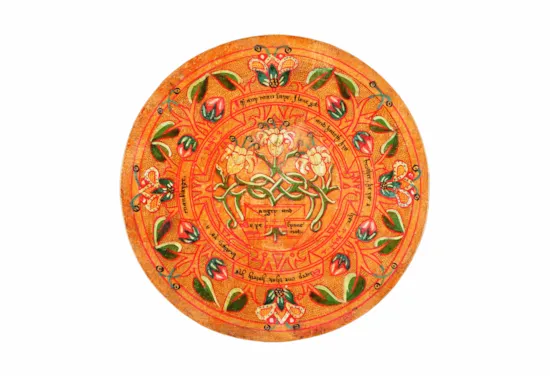
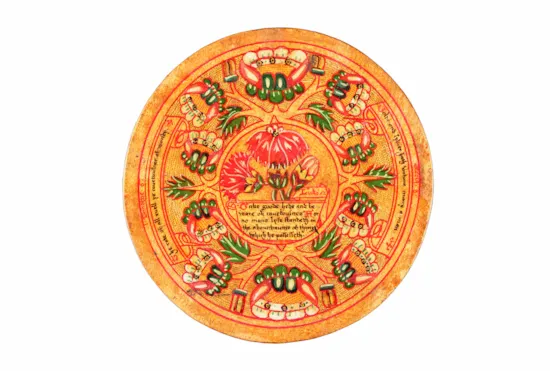
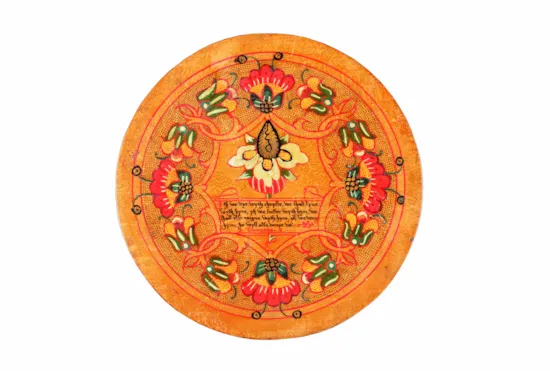
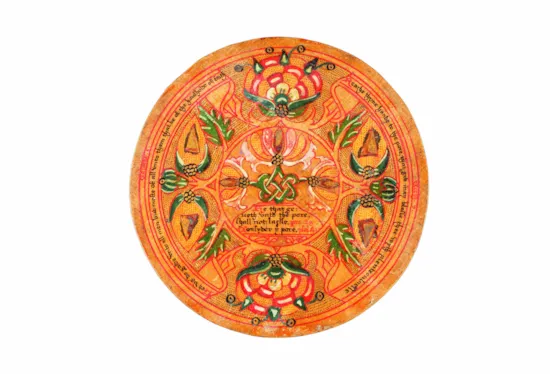
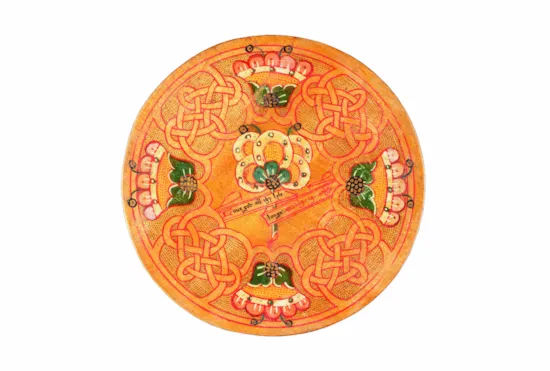
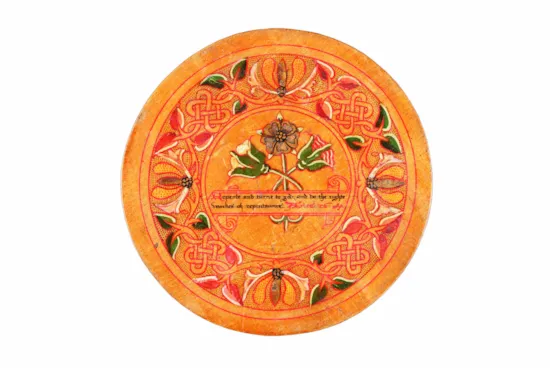
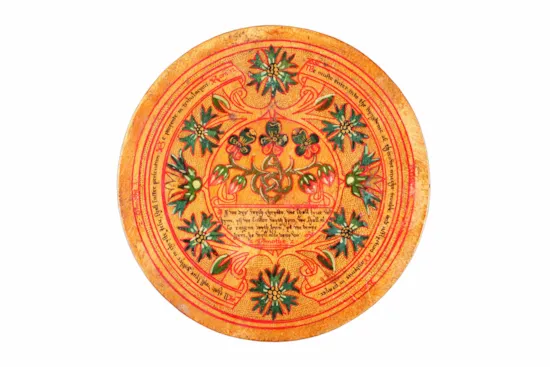






















YOU MAY ALSO LIKE


